


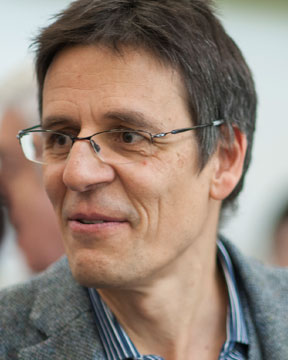
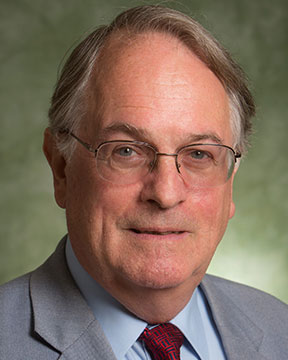
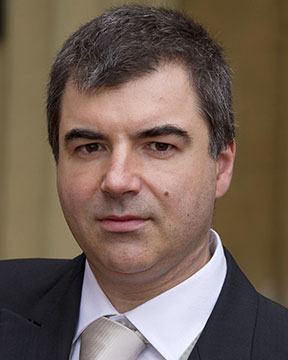
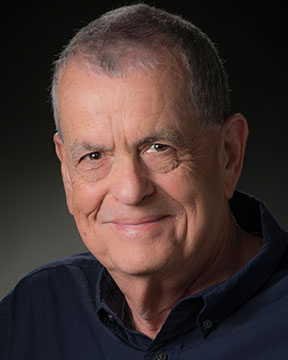
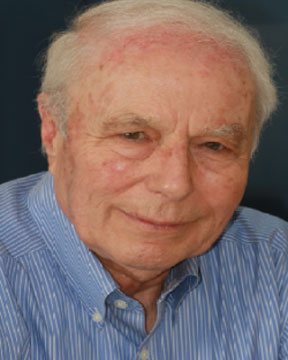


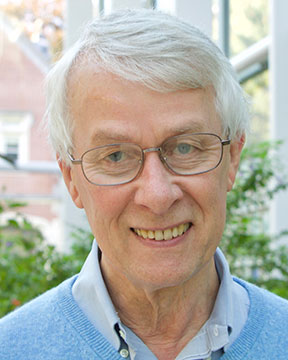












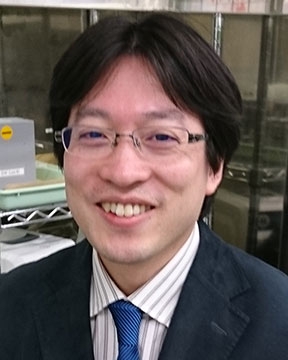 |
Tsuyoshi HoshinoNational Institutes for Quantum and Radiological Science and Technology (QST)New Recycling Technology Of Used Li-ion Batteries Using Li Separation Method By Ionic Conductor; Lismic Kolomaznik International Symposium (8th Intl. Symp. on Sustainable Materials Recycling Processes and Products)[Solid and liquid wastes from industrial processes: Innovations in material recovery and environmental protection] Back to Plenary Lectures » |
Abstract:The world is increasingly turning to the use of Li-ion batteries in electric vehicles; therefore, there is a growing need for lithium (Li). I propose new method for recovering Li from used Li-ion batteries by using Li separation method by ionic conductor; LiSMIC. Li ionic conductor is functioned as a Li separation membrane. This innovative LiSMIC involves the use of an Li separation membrane whereby only Li ions in a solution of used Li-ion batteries permeate from the positive electrode side to the negative electrode side during electrodialysis; the other ions, including Co, Al, and F, do not permeate the membrane. Li0.29La0.57TiO3 (LLTO) was selected as the Li separation membrane. The positive side of the dialysis cell was filled with used Li-ion battery solution, and then the negative side was filled with distilled water. In this study, the platinum (Pt) electrodes are bonded to the right and left faces (the two main faces) of the LLTO, respectively. The applied dialysis voltage was 5 V, and the electrode area was 16 cm2 and 4 cm2 as new Li separation membrane. The Li recovery ratio increased with LiSMIC time. Furthermore, Li permeation speed was not depended on the electrode area, and I succeeded in the development of new Li separation membrane with small area electrode. After LiSMIC, the Li recovery water was bubbled by CO2 gas to produce lithium carbonate (Li2CO3) as a raw material for Li-ion batteries. The high purity Li2CO3 powder was easily generated under CO2 gas bubbling method. |
|